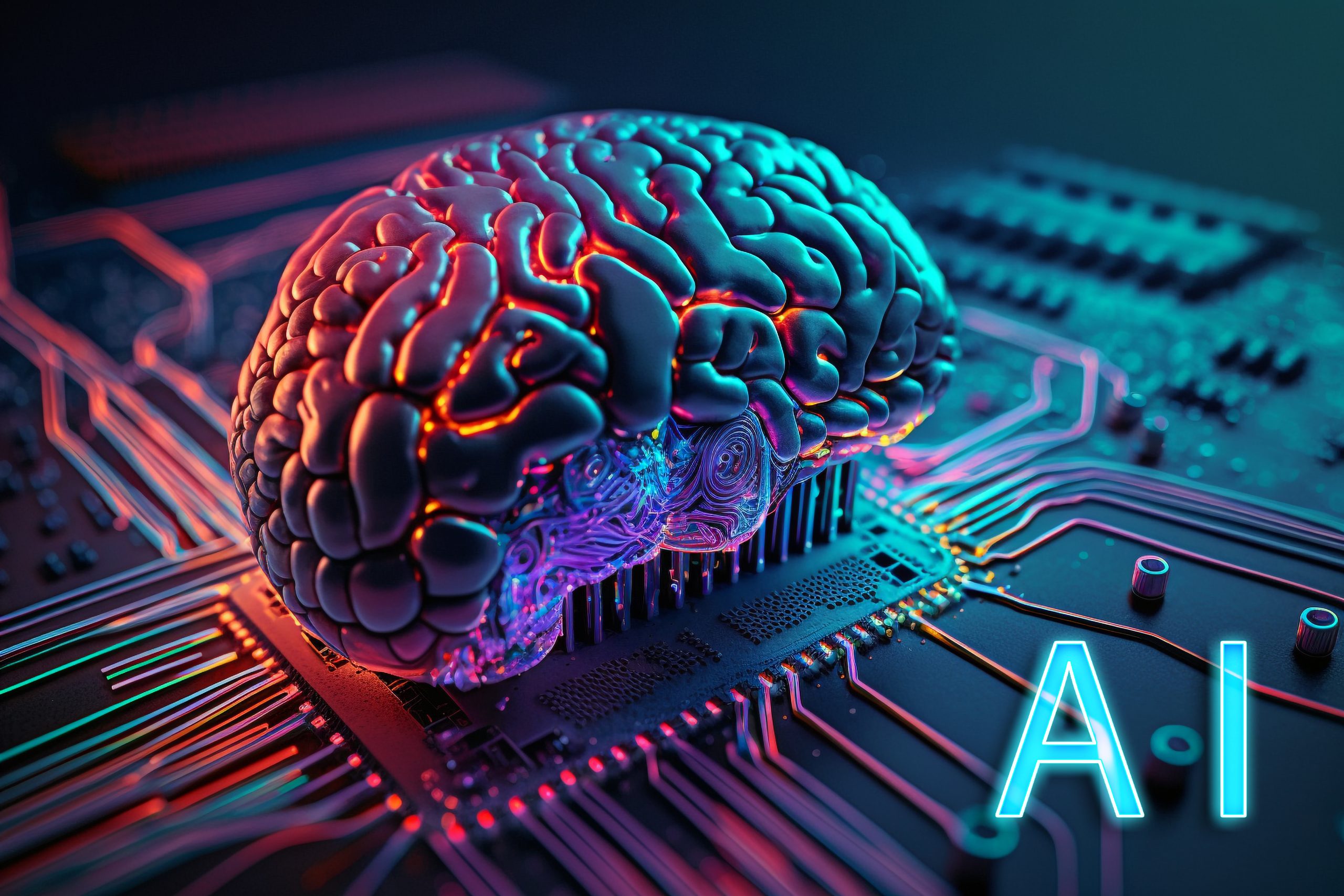Comparing iOS and Android involves looking at several aspects such as their operating systems, hardware, app ecosystems, user interface, customization, security, and privacy features. Here's a detailed comparison based on these factors, now with more emojis and Wikipedia links for further exploration:
1. Operating System 🔄
- iOS: Developed by Apple, iOS is the operating system for iPhone, iPad, and iPod Touch. It is known for its smooth, fluid user experience and regular updates that are available to all compatible devices simultaneously. 🍏 iOS on Wikipedia
- Android: Developed by Google, Android is an open-source operating system used by a wide range of manufacturers, including Samsung, Huawei, LG, and Google itself. Android offers more flexibility and customization options but can suffer from fragmentation, with updates being less consistent across devices. 🤖 Android on Wikipedia
2. Hardware 📱💻
- iOS: Apple controls both the hardware and software of its devices, resulting in optimized performance and a more unified design. However, this also means less variety in device types and higher prices. 📲 Apple hardware on Wikipedia
- Android: Android runs on a wide variety of devices with different hardware specifications, offering a broader range of prices, features, and designs. This diversity allows users to choose a device that best suits their needs and budget. 📱➕ Android devices on Wikipedia
3. App Ecosystem 📦🎮
- iOS: The App Store has a reputation for higher quality apps due to strict review processes by Apple. Developers often prioritize iOS due to higher revenue generation, leading to earlier or exclusive releases on the platform. 🏪 App Store on Wikipedia
- Android: The Google Play Store has a larger number of apps due to the open-source nature of Android and a less stringent review process. However, this can sometimes lead to issues with app quality or security. 🌐 Google Play on Wikipedia
4. User Interface and Usability 👌💡
- iOS: Known for its simplicity and ease of use, iOS offers a clean, intuitive interface. The ecosystem is tightly integrated, providing a seamless experience across Apple devices. 👌 iOS user interface on Wikipedia
- Android: Offers more customization options, allowing users to change the look and feel of their devices extensively. However, this can sometimes result in a less consistent user experience across different devices and versions of the OS. 🛠️ Android interface on Wikipedia
5. Customization 🎨⚙️
- iOS: Customization is limited on iOS, with changes mostly confined to the arrangement of apps and the choice of wallpapers. 🖼️ iOS customization on Wikipedia
- Android: Android allows extensive customization, including widgets, alternative launchers, and more. Users can tailor their devices to their personal preferences far more than on iOS. 🎨 Android customization on Wikipedia
6. Security and Privacy 🔐🔒
- iOS: Generally considered more secure due to its closed ecosystem, regular updates, and stringent app review process. Apple also emphasizes privacy features in its software updates. 🔒 iOS security on Wikipedia
- Android: While Android is secure, its open-source nature and the fragmentation of updates can pose security risks. Google has been improving security features and privacy controls with each new version of Android. 🛡️ Android security on Wikipedia
7. Price Range 💰🏷️
- iOS: Apple's devices are typically positioned in the premium segment, with prices reflecting their high-end status. 💰 iPhone on Wikipedia
- Android: Android devices cover a wide price range, from budget to premium, making smartphones accessible to a broader audience. 💵 Android smartphone on Wikipedia
8. Integration with Other Devices 🔗🔄
- iOS: Offers excellent integration with other Apple products








